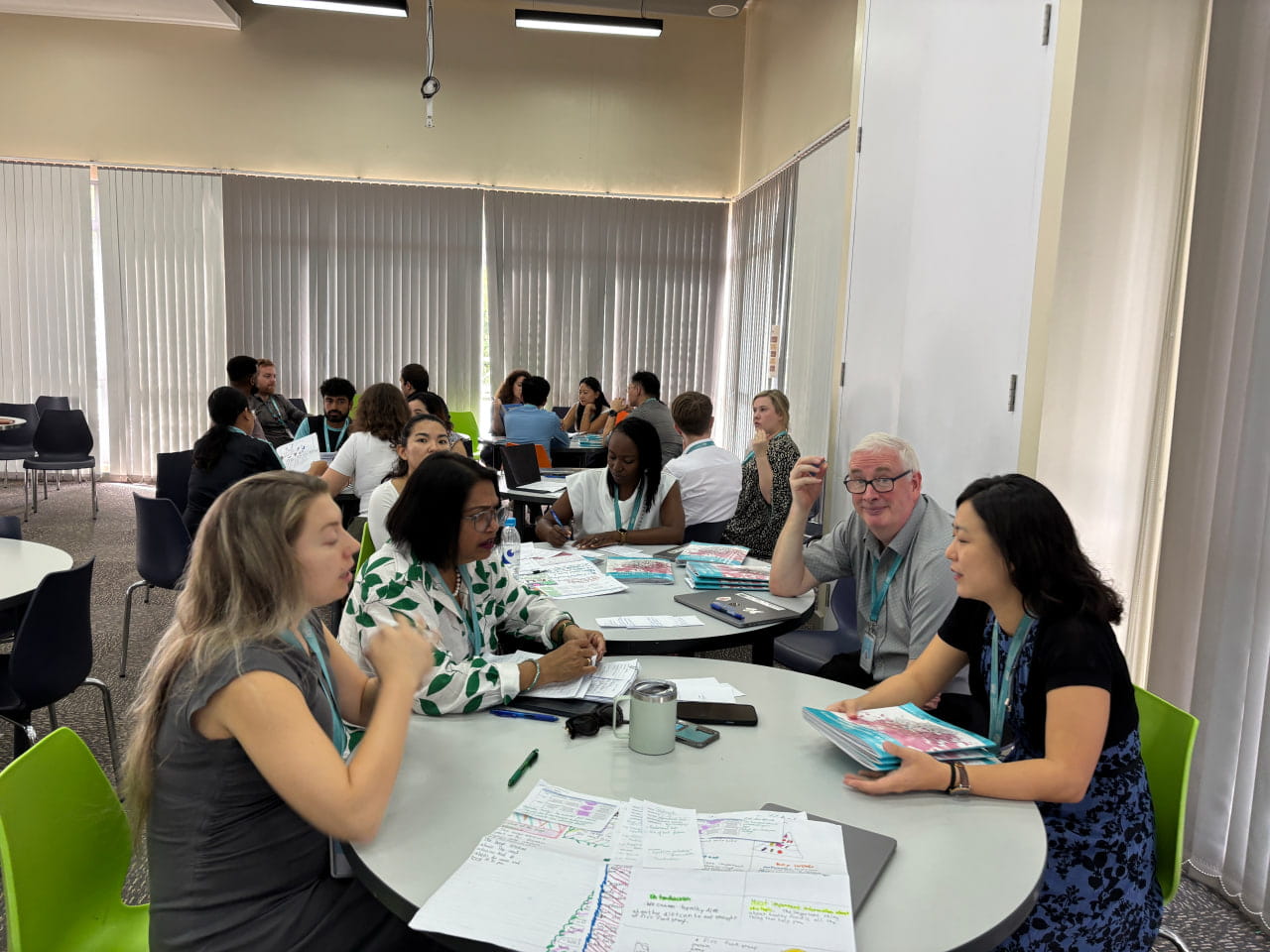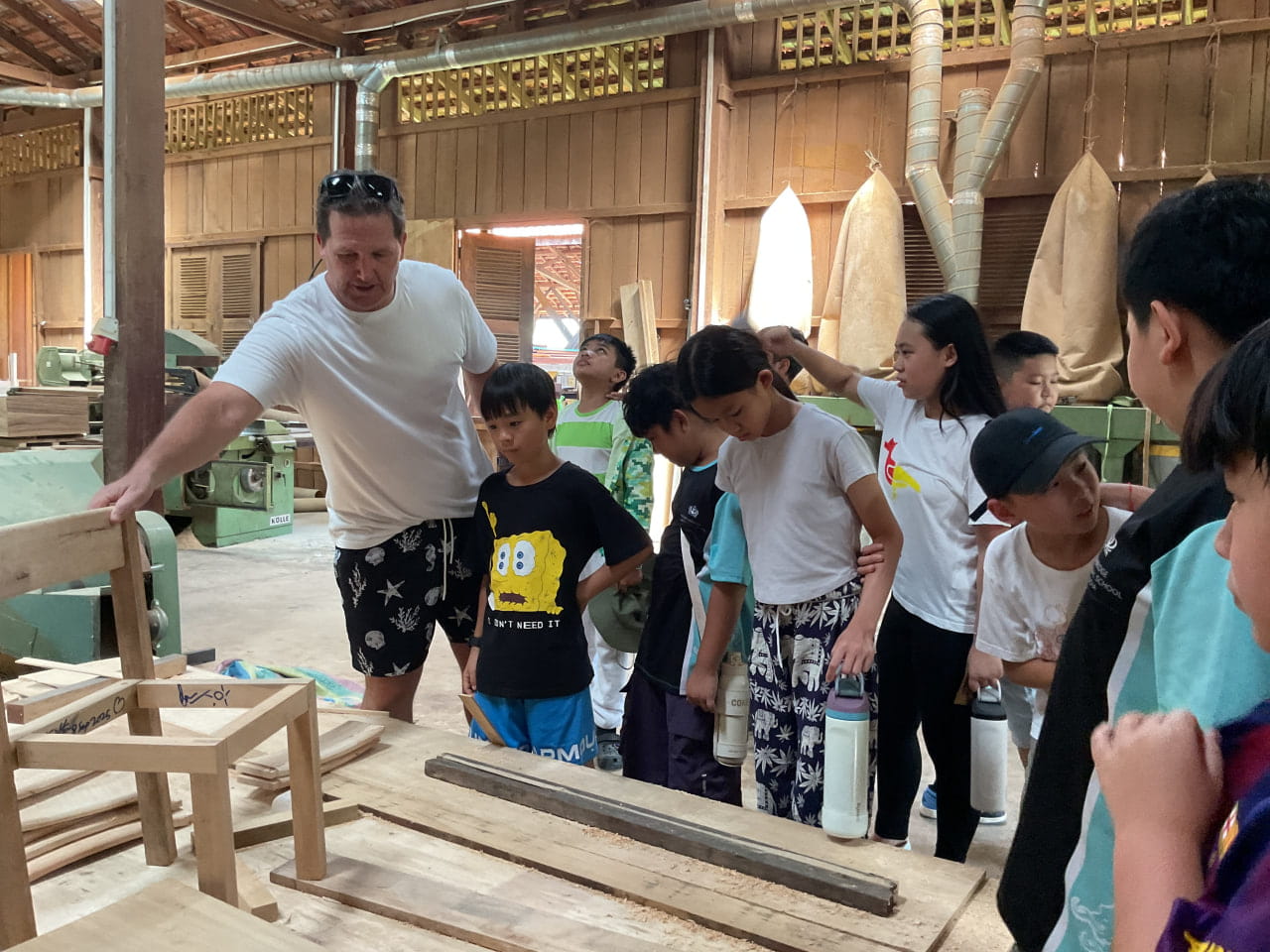Translanguaging - what is it and why is it important at Northbridge? Translanguaging is the interaction between two languages. Translanguaging happens when multilingual speakers use all their languages interchangeably in order to achieve successful communication. For many of our students at Northbridge International School Cambodia, translanguaging is used naturally and flexibly as a strategy to gain understanding, make meanings and shape experience in social and educational settings.
Translanguaging is the interaction between two languages. Translanguaging happens when multilingual speakers use all their languages interchangeably in order to achieve successful communication. For many of our students at Northbridge International School Cambodia, translanguaging is used naturally and flexibly as a strategy to gain understanding, make meanings and shape experience in social and educational settings.
Translanguaging in the classroom
The use of different languages together can be a powerful tool for learning. In the classroom, students’ home language serves as a scaffolding strategy for language skills development and content learning. Hence, our students systematically shift from one language to another to overcome language constraints and make sense of the academic content.
In the classroom, translanguaging may include:
Translating key words into the home language
Using the home language in one part of an activity and the school language in another part
Having discussions in the home language to process content
Creating bilingual texts
Inviting peers to help a student express their ideas using home languages
Collaborative grouping constructed according to home language

Why do we encourage Translanguaging at NISC?
At NISC, students are encouraged to bring their languages, cultures and previous life experiences to the classroom through translanguaging. When students are allowed to draw on all of their linguistic and cognitive resources, the process of making meaning is maximized and results are more quickly observed. Actively encouraging students to use their home language further helps with their comprehension, confidence and engagement. As a result, they understand subject matter more deeply and develop advanced proficiency in English as well.

How can parents help with translanguaging?
Strong mother tongue foundation is the key for successful learning of other languages. Please continue to support your child’s mother tongue development at home. Give your child a chance to talk about their school work in their home language. Discuss the material and the key terms with your child. When you speak in your home language to help with the homework, the techniques of translanguaging are occurring outside of the classroom.











